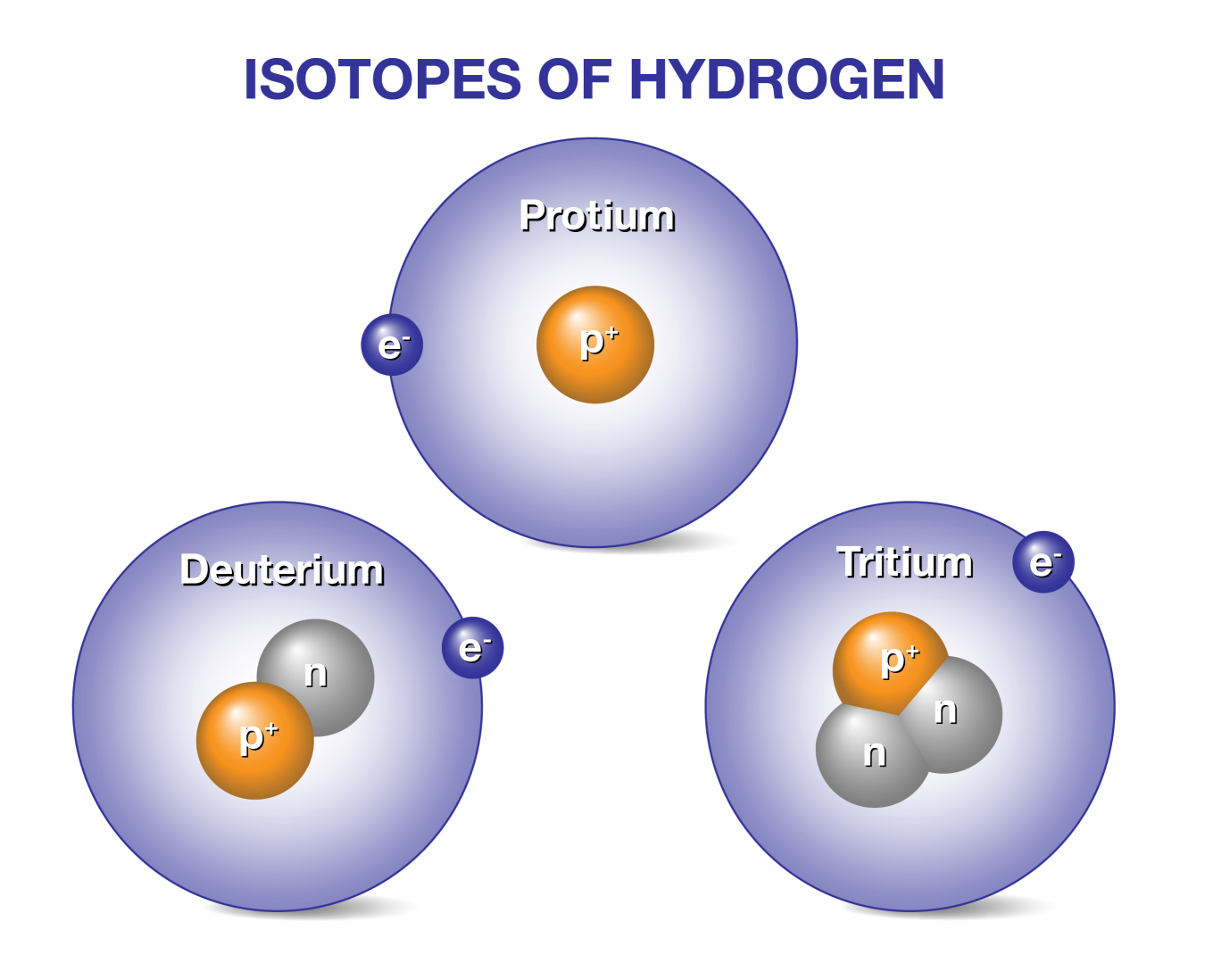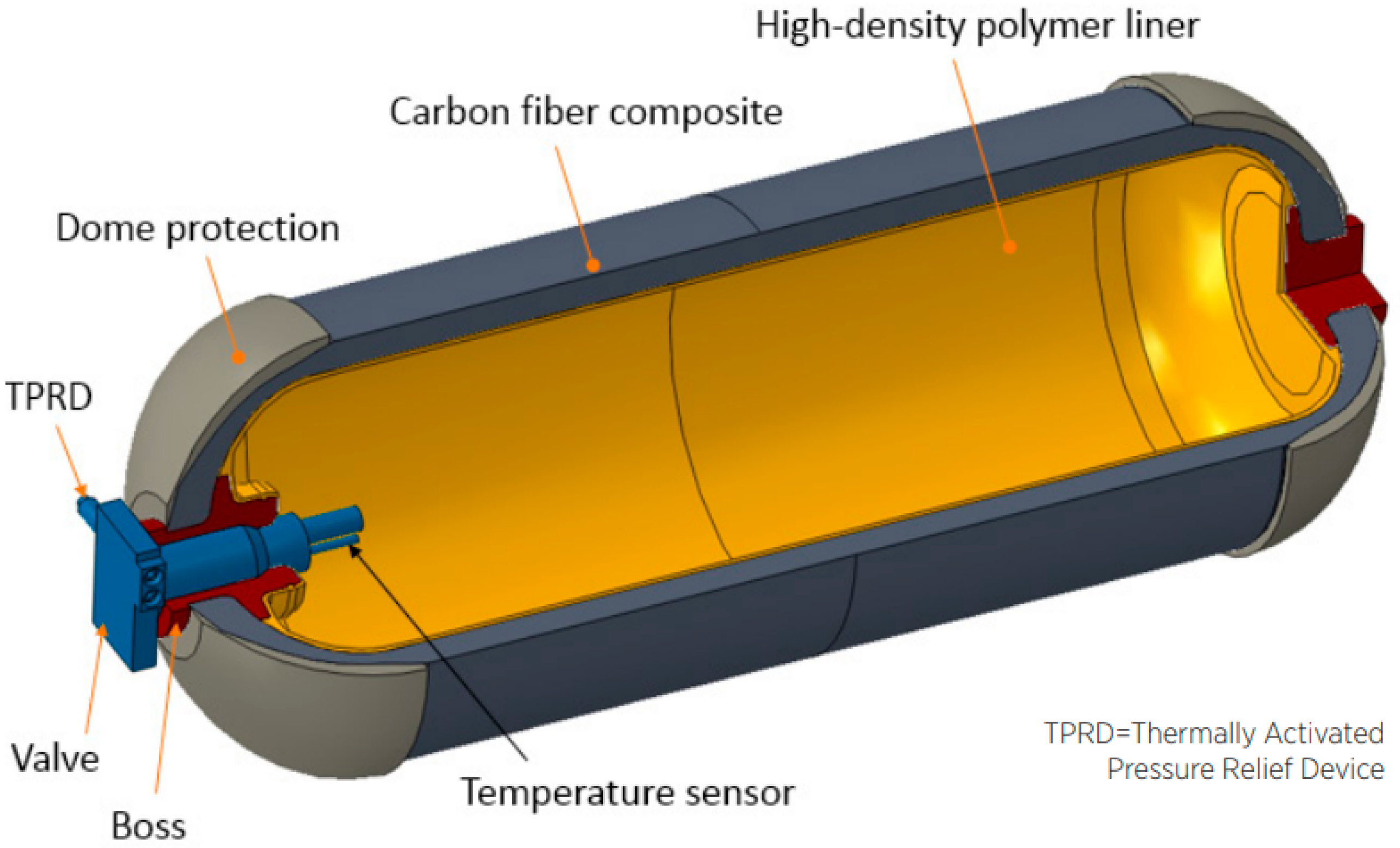Hydrogen Pumps Move Hydrogen Ions Into Which Structure
Fig112 Structure of the eye. Hydrogen atoms are by far the most abundant type of atom in living organisms.

Doe Explains Deuterium Tritium Fusion Reactor Fuel Department Of Energy
Structure and functions of the eye.

. Bacterial efflux transporters are classified into five major superfamilies. While each bilayer stops the ions and slows the movement of. An outer cortex and an inner medulla.
Opened and closed by gates Carrier Proteins. Efflux pumps generally consist of an outer membrane protein middle periplasmic protein inner membrane protein and transmembrane duct. Involved in transport of substances Enzyme Proteins.
Seen in section the kidney is divided into. Protons Are Unusually Easy to Move. The transmembrane duct is located in the outer membrane of the cell.
As was explained in the cell chapter the concentration of Na is higher outside the cell than inside and the concentration of K is higher inside the cell than outside. Aqueous humour Refracts light. Choosing a pH electrode that is well-suited for your application will not only improve measurement accuracy.
Hydrogen ions in the matrix space can only pass through the inner mitochondrial membrane through a membrane protein called ATP synthase. Suspensory Attaches lens to ciliary body. Vitreous humour Refracts light.
The two transported ions move in opposite directions. They transper substances against Concentration Electrical gradients Channel Proteins. This in turn affects it.
Takes place in membrane reaction Receptor. Two other carrier protein pumps are Ca 2 ATPase and H ATPase which carry only calcium and only hydrogen ions respectively. The basic functional unit in the kidney is the.
When these ions move across a lumenal membrane the medium of the lumen becomes acidified. Complex I also known as NADH dehydrogenase pumps four hydrogen ions from the matrix into the intermembrane space establishing the proton gradient. Cornea Refracts light rays into pupil.
One effect of this transport allows bicarbonate ion to move into the cell from the lumen against its concentration gradient. That means that this pump is moving the ions against the concentration gradients for. So when concentrations of hydrogen ions are high the plant can move more sugar into plant tissues.
So far we have hydrogen ions moving downhill through transporters and releasing energy. Proton pump inhibitors block the hydrogen ion pumps in the oxyntic cell. Iris Controls amount of light entering the eye.
The sodiumpotassium pump requires energy in the form of adenosine triphosphate ATP so it is also referred to as an ATPase. The outward pressure forcing water and solute molecules across the glomerulus wall is the. As protons move through ATP synthase ADP is turned into ATP.
We also have these ions moving uphill into areas of higher concentration using a proton pump. These two differing situations show how important the proteins in a lipid bilayer are. Parts of the eye Functions 1.
In the next protein Complex II or succinate dehydrogenase another electron carrier and coenzyme succinate is oxidized into fumarate causing FAD flavin-adenine dinucleotide to be reduced to FADH 2. The Na H antiport is inhibited by amiloride classifying this transporter as. Pond water is fresh whereas the ocean water contains many dissolved salts.
The primary site of nutrient reabsorption in the nephron is the. Now this membrane has an interesting property. Some examples of pumps for active transport are Na -K ATPase which carries sodium and potassium ions and H -K ATPase which carries hydrogen and potassium ions.
70 of Cell membrane proteins part and parcel of membrane structure Pumps. Pumping against a gradient can be difficult so the job of. If it discharges in one place ie if some of the ions were able to move through one place so that the electric voltage is reduced there that electrical influence makes itself felt on the ions in the neighborhood and it affects the membrane in such a way that it lets the ions through at neighboring points also.
The right sensor makes the difference. Both of these are antiporter carrier proteins. The duct is also bound to two other proteins.
Membrane Proteins Integral Proteins. They are plentiful not only in all carbon-containing biological molecules but also in the water molecules that surround them. In the pond water will want to move into the more hypertonic or saltier cell.
The production of ATP using the process of chemiosmosis in mitochondria is called oxidative phosphorylation. Pupil Allows light to enter the eye. Although protons resemble other positive ions such as Na and K in their movement across membranes in some respects they are unique.
In the ocean the salts in the water will draw water out of the cell.

Hydrogen Absorption An Overview Sciencedirect Topics

Materials Free Full Text Hydrogen Storage For Mobility A Review Html

Cryo Compressed Hydrogen An Overview Sciencedirect Topics

Uptake Of Mineral Ions Requires Membrane Transport Proteins Plasma Membrane Plasma Membrane Cell Membrane Membrane
Comments
Post a Comment